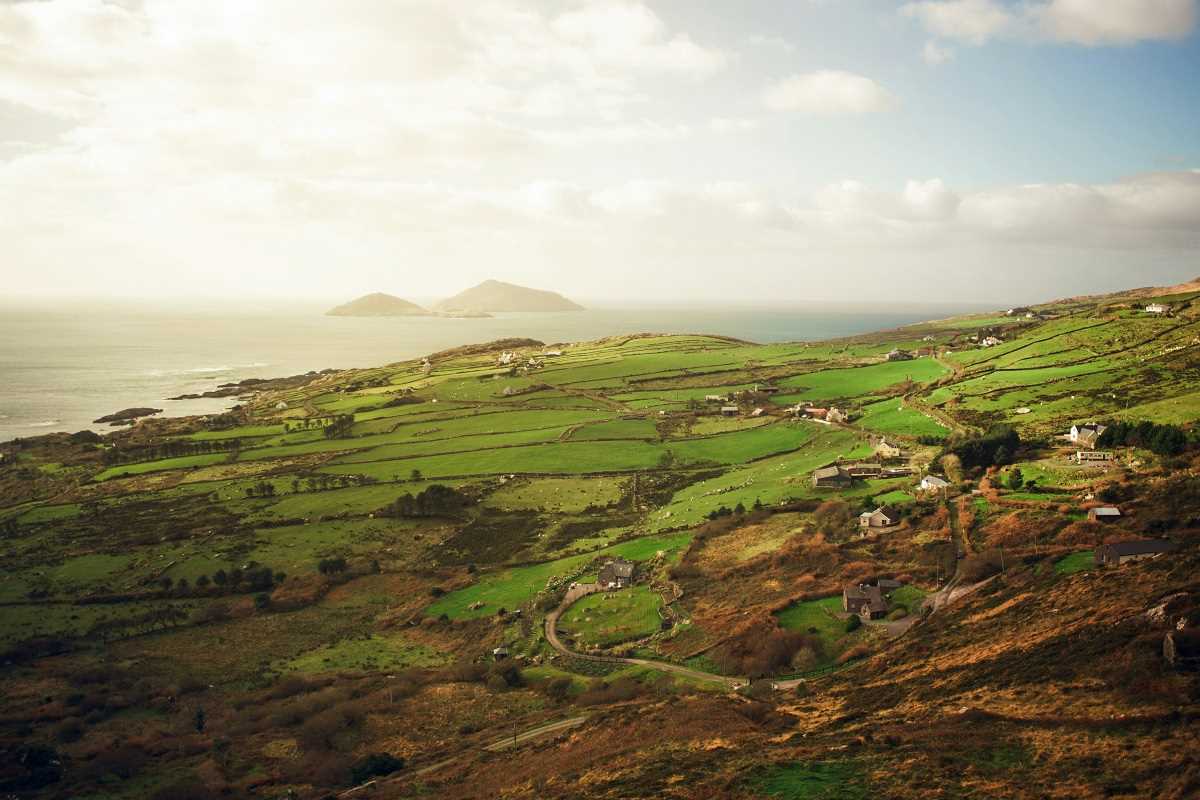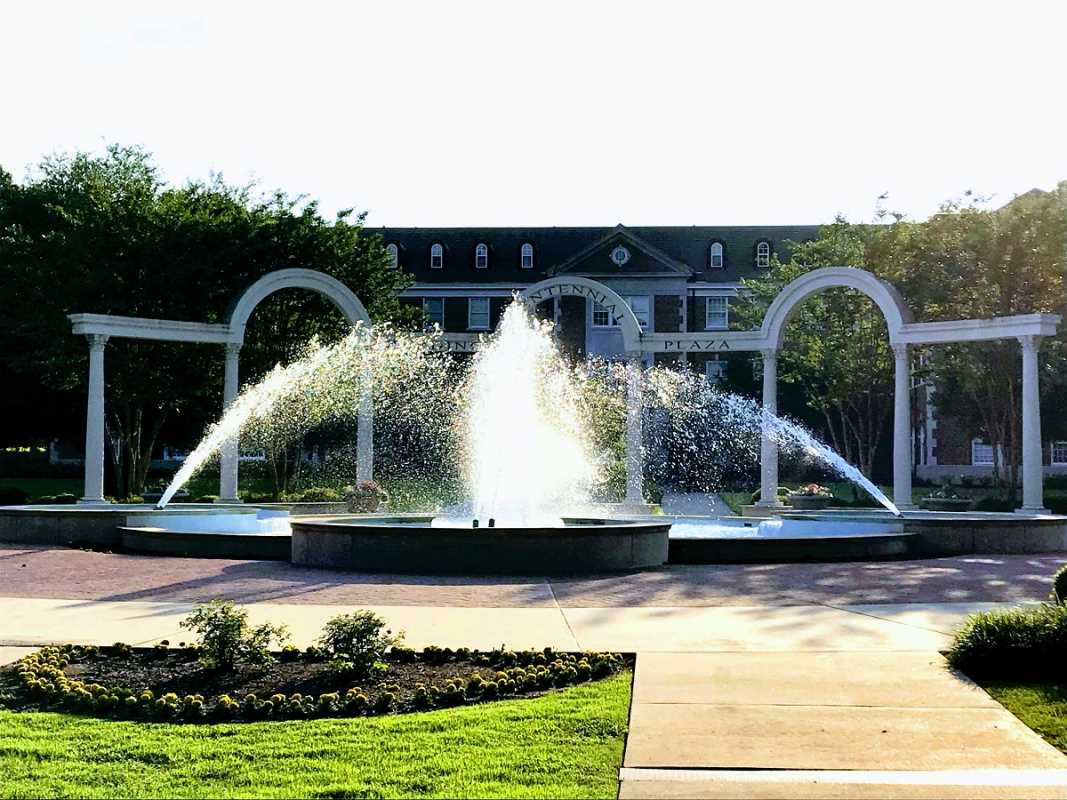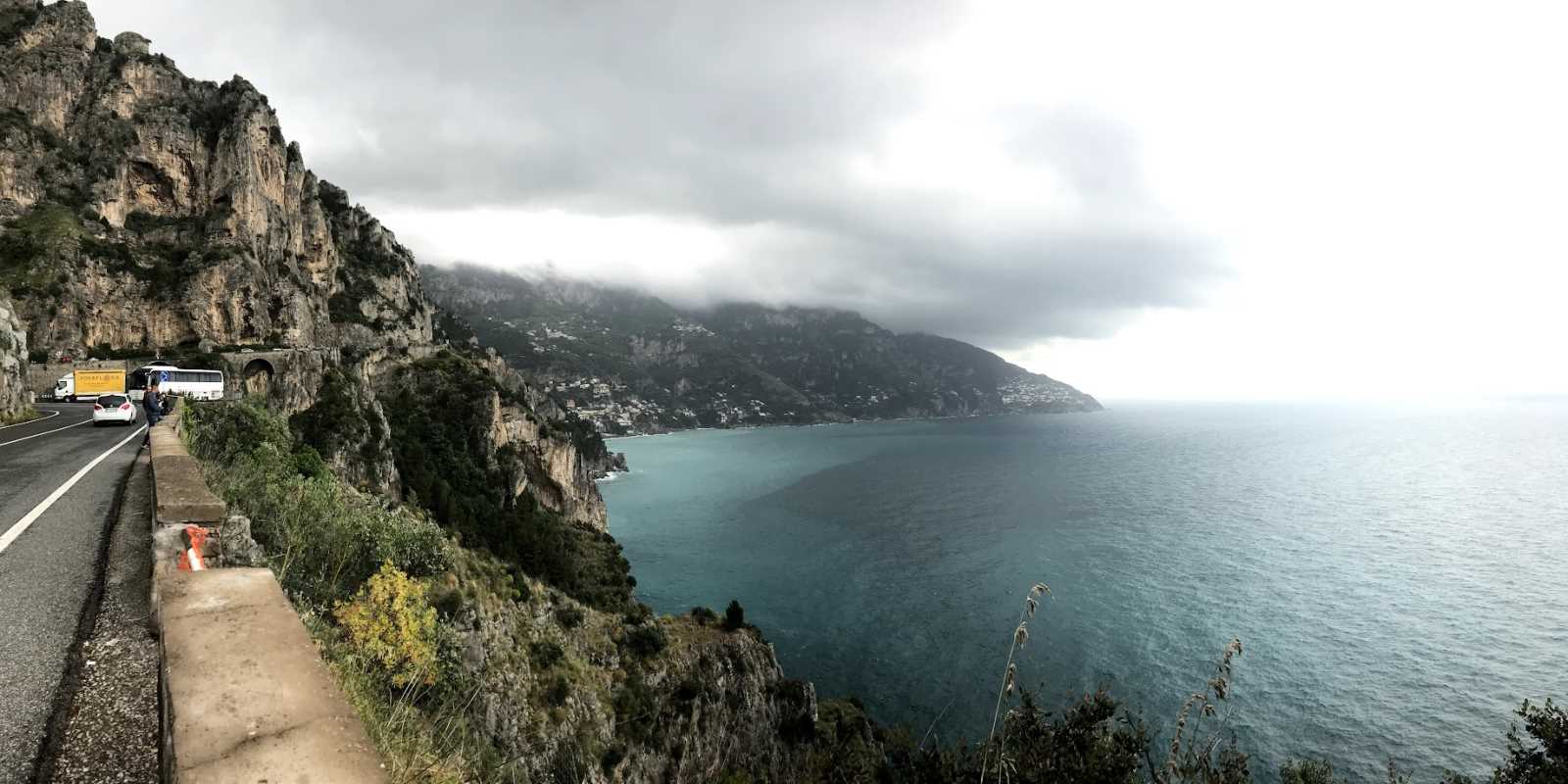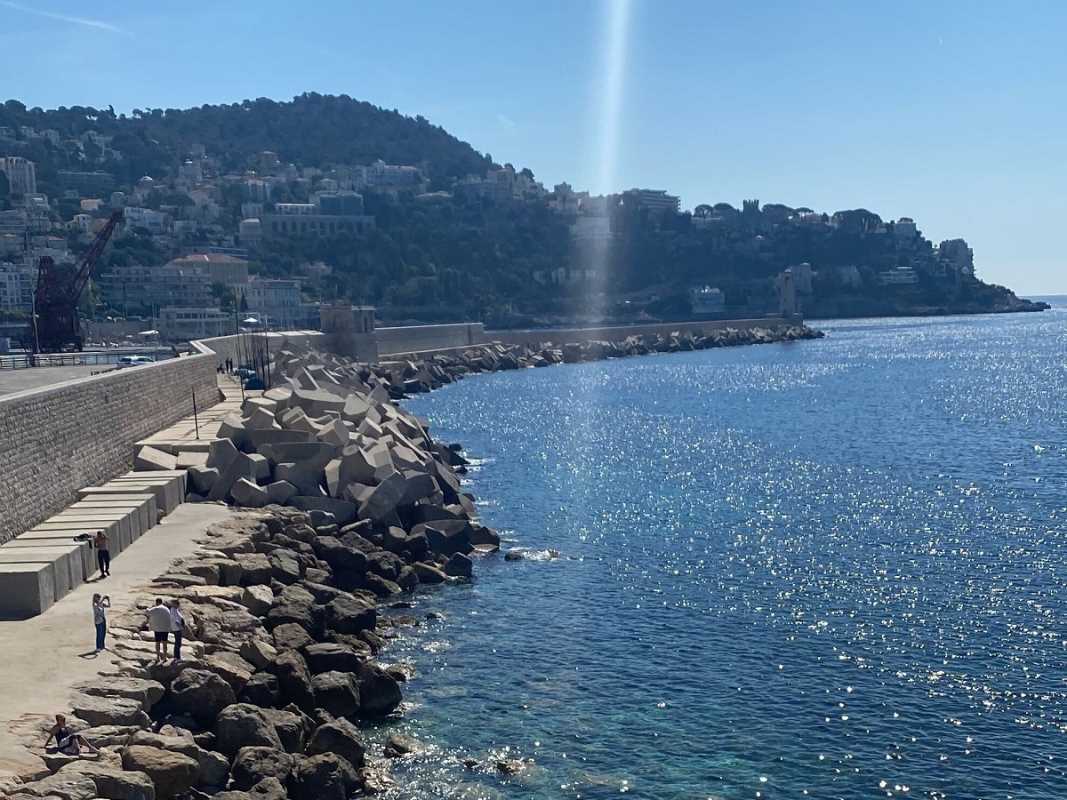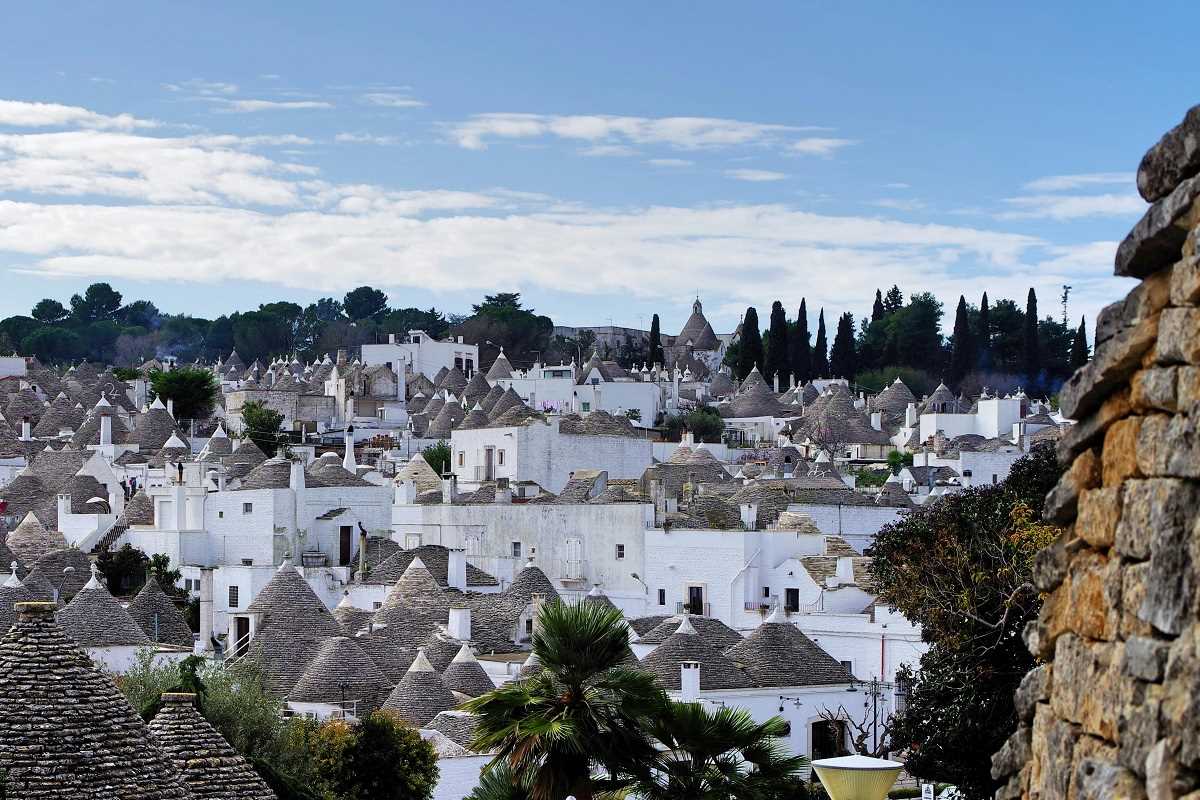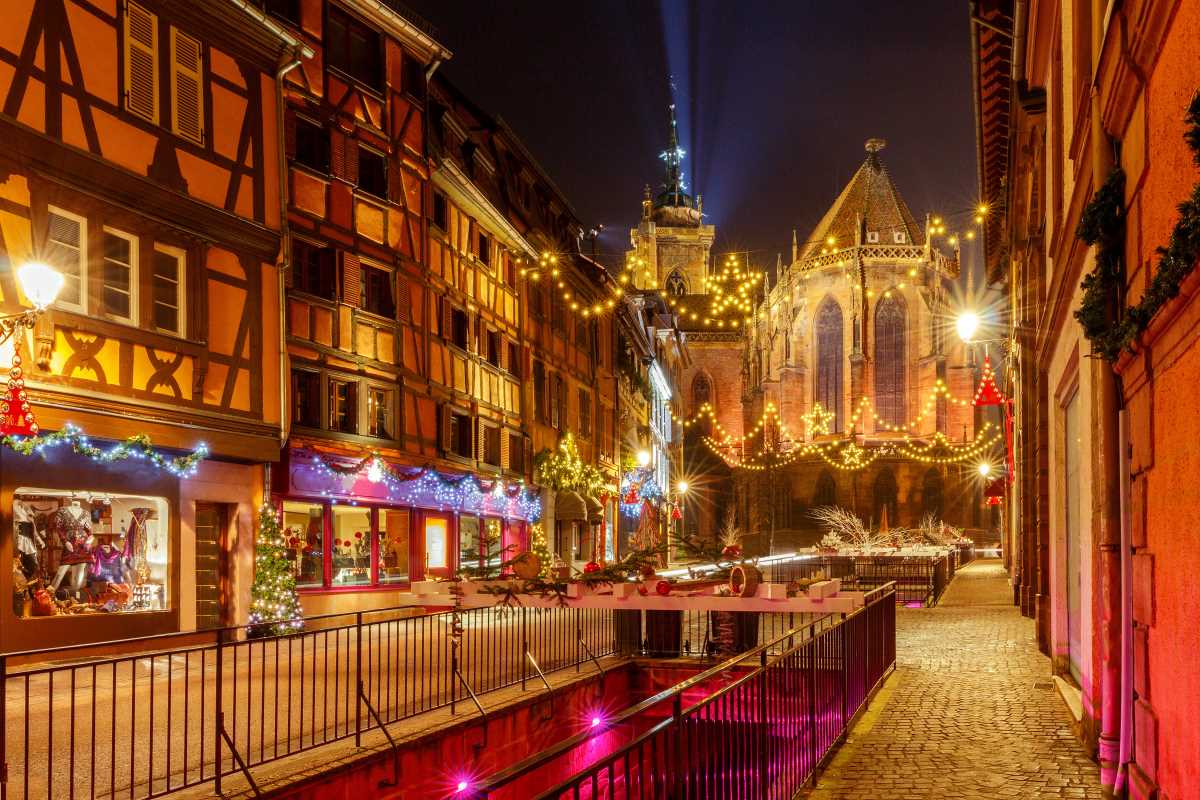Cappadocia, tucked away in the heart of Turkey, over 400 miles east of Istanbul, is a place unlike any other on Earth. With its ethereal landscapes, ancient history, and unparalleled accommodations in cave hotels, it feels as though you’ve stepped foot into a fairytale. Known for its iconic "fairy chimneys," sprawling valleys, and hot air balloon-filled skies, Cappadocia continues to captivate travelers from across the globe.
Here’s a deep dive into what makes Cappadocia so enchanting, the experiences you cannot miss, and how to enjoy this magical destination.
The Surreal Landscapes of Cappadocia
Cappadocia’s landscapes are nothing short of extraordinary, shaped over millennia by volcanic activity and erosion. The region features otherworldly rock formations known as fairy chimneys, soft rock pillars that rise dramatically from the earth, scattered across valleys like something out of a fantasy novel.
These geological wonders were created millions of years ago when ancient volcanoes erupted, blanketing the area in thick layers of ash. Over time, this ash solidified into a soft volcanic rock called tuff, which was then eroded by rain, wind, and rivers. The result? Unique formations like cone-shaped spires, mushroom-like outcrops, and intricate rock-cut cliffs that seemingly stretch to the horizon.
Some of the most notable areas to witness these incredible formations include:
- Goreme National Park (a UNESCO World Heritage Site), where volcanic valleys are littered with fairy chimneys and ancient dwellings.
- Pasabag Valley (Monk’s Valley), known for its towering, mushroom-shaped chimneys.
- Devrent Valley (Imagination Valley), where rock formations seem to take on shapes of animals and whimsical scenes.
Every corner of Cappadocia’s landscape feels like a masterpiece carved by nature itself.
Rock-Cut Architecture and Ancient Cave Dwellings
Beyond the natural formations, Cappadocia’s human history is equally fascinating. Early inhabitants of the region capitalized on the soft tuff rock, carving out homes, churches, and entire underground cities within it. These cave dwellings served as functional hiding places during invasions and have become one of Cappadocia’s defining features.
Underground Cities
The most famous underground cities, Derinkuyu and Kaymakli, stretch deep beneath the surface, with labyrinthine tunnels connecting rooms used for living, worship, and storage. Thought to have provided refuge to early Christians fleeing persecution, these cities are now open to visitors, offering a glimpse into their remarkable ingenuity.
Cave Churches
The region is dotted with rock-carved churches dating back to the Byzantine era. Many can be found in Goreme Open-Air Museum, an essential site featuring chapels adorned with vivid frescoes. Each painted wall tells a story of early Christian life and devotion.
Modern Adaptations
Cappadocians have turned their ancient caves and rock formations into something new—boutique hotels. These cave hotels allow visitors to experience living inside the region’s historic rock formations while enjoying all the comforts of modern luxury.
Staying in Cappadocia’s Iconic Cave Hotels
Spending a night in a cave hotel is one of the most unique aspects of visiting Cappadocia. Imagine waking up in a room carved out of volcanic rock, with arched stone ceilings and warm ambient lighting, all while enjoying modern amenities.
Here are a few top cave hotels to consider for your stay:
1. Museum Hotel
Situated in Uchisar, Museum Hotel combines authentic cave-style architecture with luxury amenities and panoramic views of the region. Each room is uniquely decorated with antique furnishings, and guests rave about the infinity pool overlooking the fairy chimneys. Staying here feels like stepping into a living museum.
2. Argos in Cappadocia
This elegant hotel seamlessly incorporates cave rooms, underground tunnels, and modern suites built into the rock formations. It’s also home to SEKI Restaurant, serving locally inspired dishes paired with spectacular views of Pigeon Valley.
3. Kelebek Special Cave Hotel
Located in Goreme, Kelebek offers a cozy, authentic cave hotel experience. Guests appreciate its traditional Turkish ambiance, excellent hospitality, and a rooftop terrace that’s ideal for gazing at hot air balloons in the morning sky.
4. Kapadokya Hill Hotel & Spa
Perfect for those seeking a tranquil getaway, this luxurious hotel combines spa facilities with charming cave-style suites.
Staying at one of these hotels will immerse you in the region’s history while providing all the comforts needed for an unforgettable vacation.
Activities to Experience the Magic of Cappadocia
There’s no shortage of activities to help you fully immerse yourself in Cappadocia’s magic.
- Hot Air Balloon Rides - When you think of Cappadocia, one of the first images that comes to mind is its vibrant hot air balloon-filled dawn skies. Floating above the fairy chimneys and valleys is one of the most iconic experiences in the world. The aerial view reveals the sprawling beauty of the region, with the early morning light casting soft hues over its surreal landscape. Balloons soar year-round, with clear skies between April and November being the best time for flights.
- Hiking Through the Valleys - For those who love the outdoors, Cappadocia’s valleys offer incredible hiking opportunities. Trails like Rose Valley, Red Valley, and Pigeon Valley lead you through dramatic rock formations, ancient cave dwellings, and lush orchards. Each valley offers its own unique beauty and photo-worthy spots.
- Exploring Goreme Open-Air Museum - This museum is a must-visit for anyone interested in Cappadocia’s historical and religious significance. Once a monastic settlement, the site is home to exquisitely frescoed churches, such as the Dark Church, with well-preserved Christian murals.
- Horse Riding - Known as the "Land of Beautiful Horses," Cappadocia offers horseback riding tours that allow you to explore the valleys on ancient trails. Enjoying the landscape on horseback provides a serene, immersive connection to the region.
- Sunset Viewing at Uchisar Castle - The highest point in Cappadocia, Uchisar Castle, offers unbeatable panoramic views of the valleys and distant Mount Erciyes. Visit during sunset to watch the landscape glow in golden hues.
History and Cultural Significance
Cappadocia’s significance extends beyond its natural beauty. The region played a vital role in early Christian history, serving as both a refuge and a home for thriving communities. Christianity flourished during the Roman Empire’s persecution, and the region’s complex cave systems offered sanctuary to worshippers. Even into the Ottoman era, Cappadocia preserved its cultural heritage, creating a mosaic of civilizations.
Visitors today can observe this rich history through its rock-carved churches, underground cities, and cultural traditions.
Tips for Visiting Cappadocia
To make the most of your time in Cappadocia, keep these tips in mind:
When to Visit
- Spring (April to June) and autumn (September to November) are the best times to visit, with mild weather and clear skies ideal for outdoor exploration and hot air balloon rides.
- Avoid mid-summer, as temperatures can soar, and the midday heat may limit activities.
Getting Around
Most towns and attractions in Cappadocia are close to one another, with Goreme, Uchisar, and Urgup being central hubs. Renting a car or hiring a guided tour is the easiest way to explore the area.
What to Pack
- Comfortable hiking shoes for exploring valleys and underground cities.
- Warm clothing for cool evenings, especially if visiting during spring or fall.
- A camera or smartphone with plenty of storage—Cappadocia’s landscapes are endlessly photogenic.
Whether you’re marveling at its fairy tale-like landscapes or retreating to a cozy cave hotel at the end of the day, Cappadocia promises adventures that feel straight out of a dream. It’s a place where the past and present intertwine, creating a timeless charm that stays with you long after you leave.
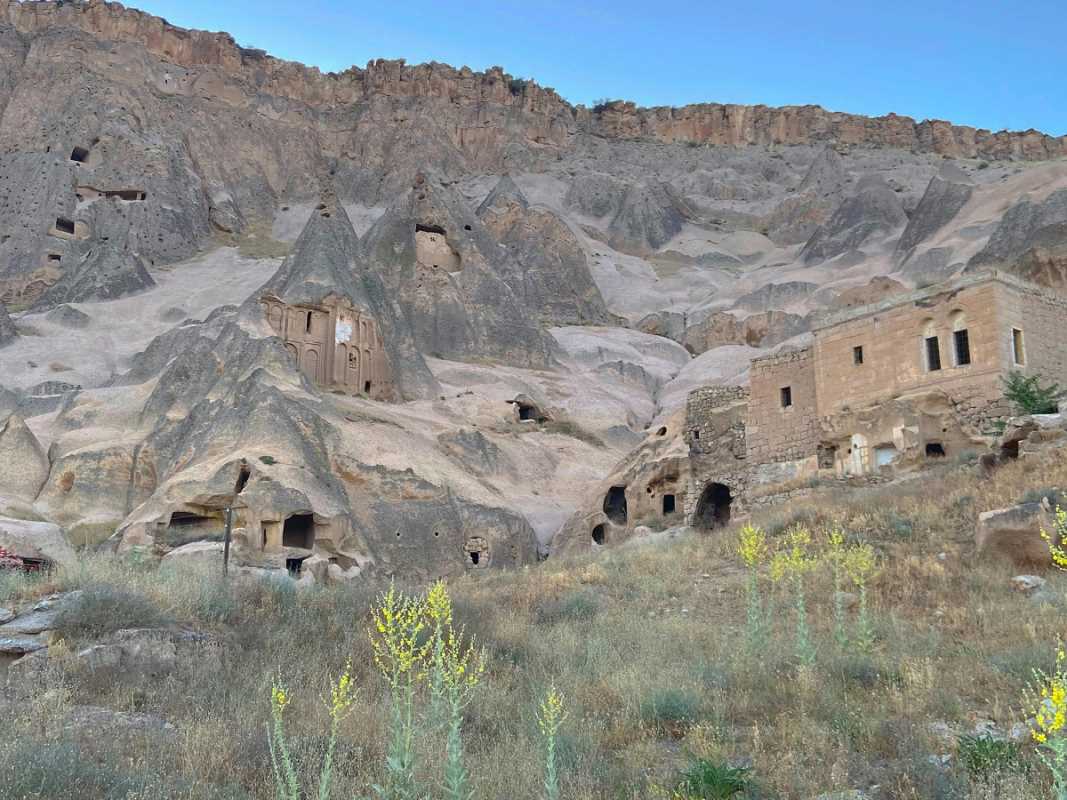 (Image via
(Image via